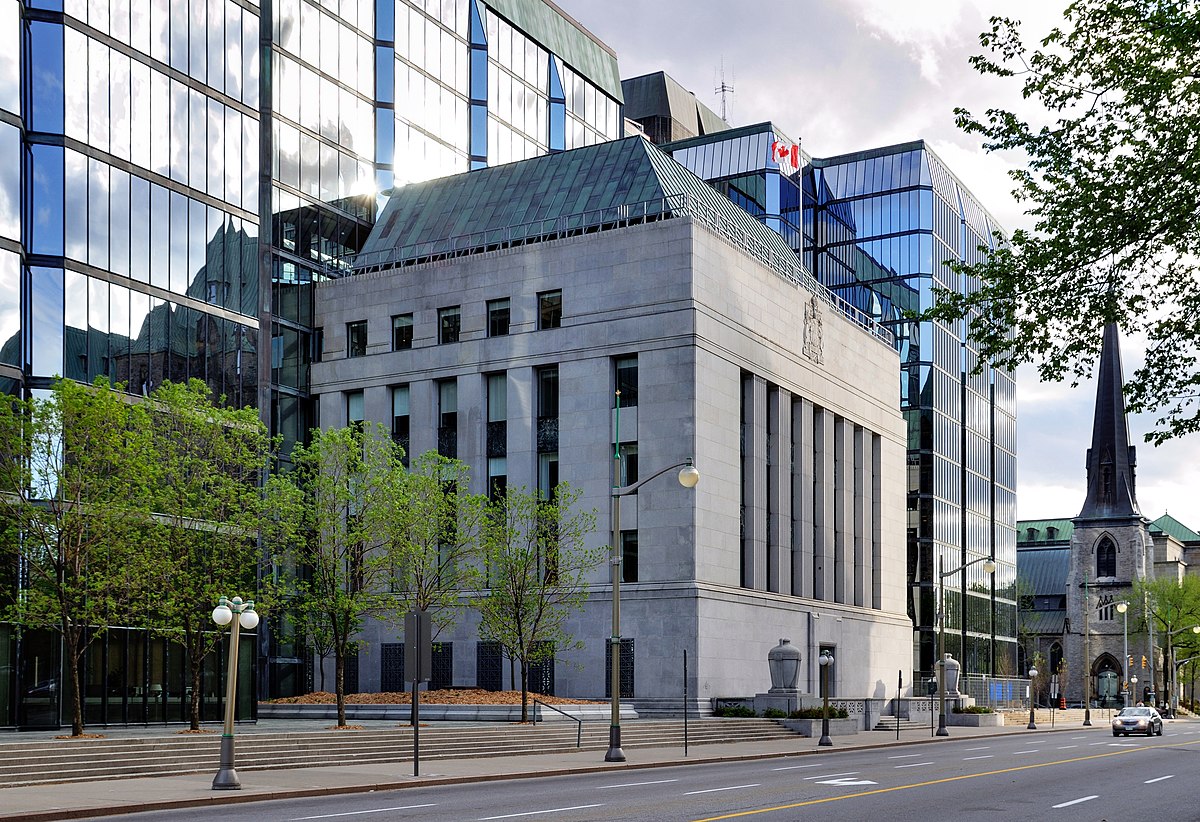Why The Bank Of Canada Should Back Off From Further Rate Hikes
After raising the bank rate three times this year alone, Governor Poloz continues to signal that the Bank is nowhere near completing its current cycle of rate increases. Recent statements by the Governor indicate that Canadians should expect the bank rate to hit 3 percent from its current level of 1.75 percent[1].
According to legend, John Maynard Keynes was once challenged as to why he changed his investment strategy so abruptly. His answer was reputed to be “When the facts change, I change my mind. What do you do, sir?”

Perhaps, the Bank of Canada should do the same. Indeed, there are many facts and conditions that are changing such that future rate hikes should not be taken for granted. For example:
North American and Global Trade Issues. The uncertainties regarding the outcome of the NAFTA negotiations have been largely removed, yet Canada-US trade relations remain contentious. Congress has not yet ratified the new trilateral trade agreement .U.S. tariffs on steel and aluminum continue to affect bilateral trade flows in significant industrial sectors. Globally, trade is slowing in just about every region. As the U.S-China trade war continues, we can expect further repercussions on an international scale.
Oil Prices Decline.Amidst the weakness in virtually all the commodities that Canada exports, the collapse in Canadian oil prices poses a particularly serious threat to western Canada. Canadian producers now receive less than $20 bbl when exporting to the United States, a price that has resulted in Canadian producers scaling back on production and future investments.[2]
Unemployment and Capacity Utilization. Although the Bank does not have a specific charge to maintain full employment, it does, nonetheless, frame its policy debates around the concept of full employment and potential output. With Canadian unemployment standing at 6%, the Bank cannot argue that we are operating at potential. Despite labor shortages in specific industries, the economy continues to experience spare capacity.
Inflationary Expectations. The Bank has maintained that recent spikes in the consumer price level are transitory and that expectations are well-anchored at the 2 per cent level, the mid-range of its target of 1-3 percent core inflation. With some spare capacity and inflation well-contained, one can question the need for higher borrowing rates.
Household Credit and Housing. Recently, the Canadian government has instituted new rules affecting mortgage borrowers which are starting to slow housing expansion. Furthermore, there will be a wave of re-financings coming in 2019 that will carry higher mortgage rates, adding to the stress in future home sales.
The Bank of Canada prefers to judge policy with respect to the risks affecting the economic outlook. In its recent policy decision, it argued that the risks were in rough balance and, therefore, higher rates are warranted. However, risks have tilted to the downside, especially given the low oil prices and continued uncertainty on the trade front. The financial markets also see that the risks are now predominately negative and there is no need now for future monetary tightening to the degree advocated by the Governor.
[1] The Bank Of Canada Will Drop Anchor At A 3% Bank Rate; BoC Pushes Back




Seems like Canada is even more vulnerable to rate hikes than the USA, prof. Especially in the housing market. Yes, the banking and lending system more stable, until inflation rises and forces rates up. Then trying to rollover all these 5 year amortized loans will be hell on earth. There is no securitization, from what I read, but then, the banks will be flooded with defaults if people no longer can roll over the loans at the end of the 5 year period. What am I missing?
You are right. about a huge renewnal wave coming, The BoC is really concerned that they do not trigger a housing collapse. But at the same time they warn that rates are going up. A self fulling prophecy. I believe that the BoC is raising rates so that they have room to lower them quickly as the did in 2014 to deal with the collapse in oil prices. IT IS A CYNICAL ploy and may backfire now that Canadian oil sells for $20.
Several bank economists have come out warning the BoC as I have because of the oil situation